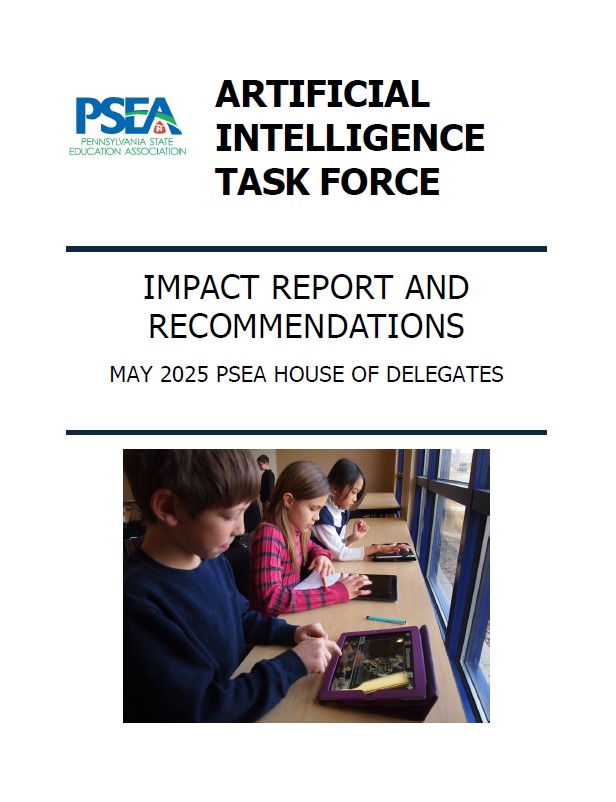
Maybe you’ve been curious about all the AI buzz but have yet to delve into what it is and how it works.
While there are many tools that fall under the “AI” or “machine learning” category, ChatGPT by OpenAI is the darling of the moment, and the one piece of AI tech every educator should understand. GPT stands for “Generative Pre-trained Transformer” and is a computer model that uses neural networking (a system that mimics how neurons speak to one another in the human brain) to complete complex tasks quickly.
It “learns” by a process of trial and error similar to our brains and is able to sort information quickly by connecting to cluster and process data. GPT3, which debuted in 2020 but was released globally as a free demo in November 2022, is a text-to-text, large language model that generates text by analyzing language patterns.
It can create written responses (that’s where the “Chat” part comes in) and stories, link to research, and even write computer code. Its successor, GPT4, which debuted in March 2023, is also a text model, but is also capable of understanding visual input. This means that it can make sense of photographs, videos, or drawings and not just text.
Additionally, ChatGPT4 has greater processing capabilities and is much more multilingual than its predecessor. Both ChatGPT3 and ChatGPT4 are capable of human language and multiple programming languages, which increases their usage. Version 4 can write computer code, and even help you deploy it and create websites.
GTP5, released in August 2025, was billed by OpenAI's Sam Altman as having "Ph.D.-level intelligence." It is geared mainly toward enterprise-tier use and developers, but is avaialbe to anyone.
It seems reasonable to expect that with each new product release in this space, we’ll continue to see algorithmic leaps in capability that will have far-reaching implications for nearly every sector of society.




